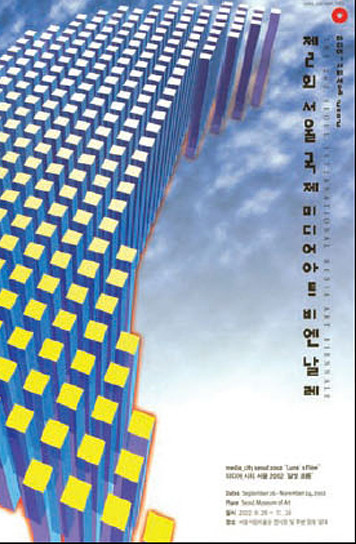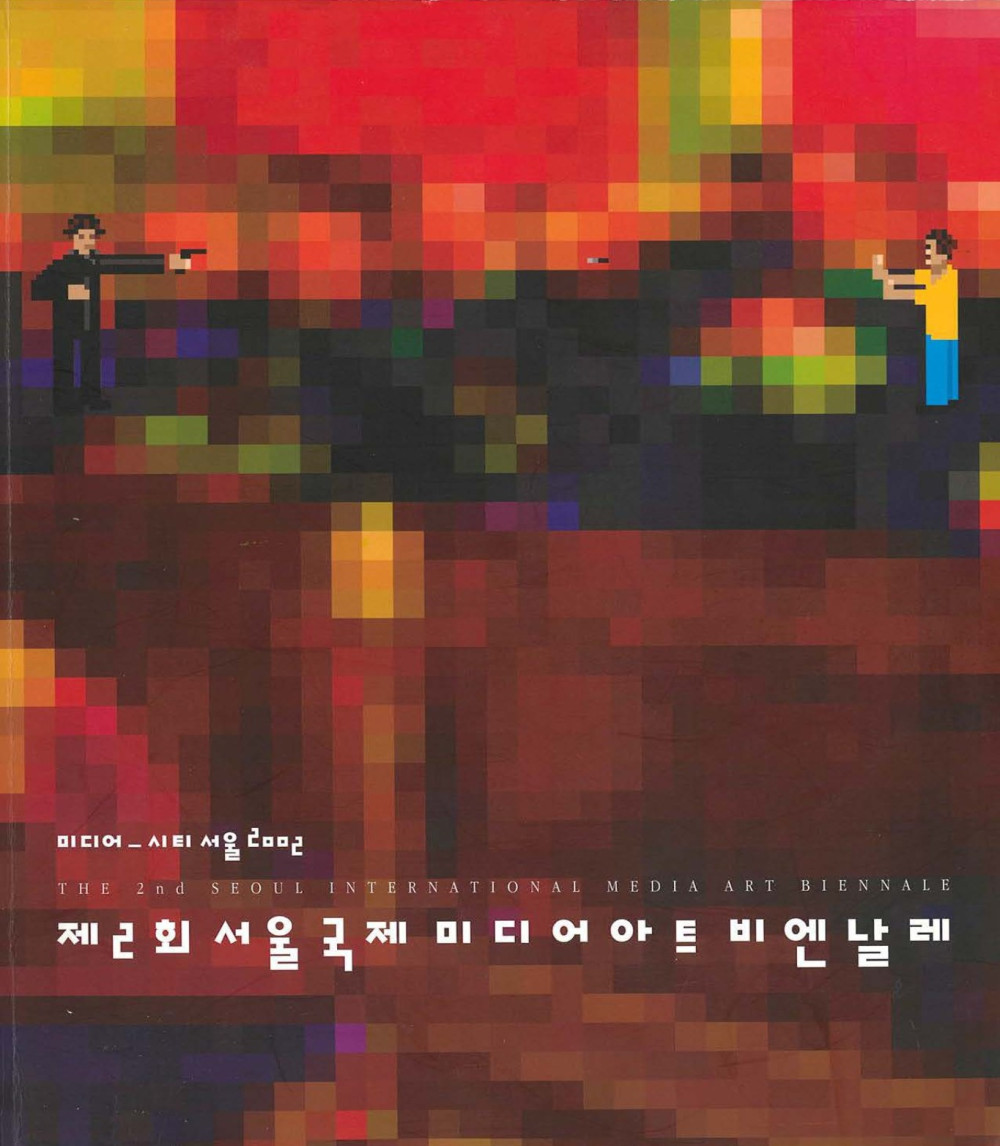As we enter into a new era of more and better accountability in the business world, I am sure that a renewed sense of ethics in the art world will not be far away. Sometimes I have had the feeling that the art being peddled had the same logic to its existence as the dot coms did to theirs. A big bubble with hot air in the middle, nothing more. And the art dealers in turn sold such works, with the same irrational exuberance as the events warranted. Other artists, not wanting to be left out, imitated and in turn generated work to feed into such markets, thus reinforcing any doubts anyone had about the vision thing.
Where was I during this period, you might ask. I will tell you. Working, and trying to contribute to the field of photography in this transition towards the new digital realities. I never felt comfortable in the rarefied atmosphere of an art world hell-bent on hype, thus I stayed well away from what I could not understand or make sense of.
The interesting thing is that the world of make-believe by businessmen was not so different from the make-believe as an artistic strategy. To a large degree both use deception as a tool to achieve their goals: the scoundrel businessman, and the artist. However going beyond the superficial, there is obviously a huge difference between the two. The entrepreneur who deceived basically tried to enrich only himself at the expense of others, while the artist tried to enrich the viewer, the other, more often than not, at his own personal expense. The first was only a taker, the second one was mainly a giver.
Quite often those who use fraudulent procedures to gain illegitimate gains have quite impressive imaginations of their own. To some extent they are also artists. It is not rare to hear about scam artists when making reference to such individuals. There is indeed some degree of art to their deception. Where the similarities depart is when you discover the outcome of their respective deceptions, which would lead us to the conclusion that there are legitimate and illegitimate deceptions.
I would like to believe that my work stands in for legitimate deceptions, those that will give something to the viewer and leave him with a sense of accomplishment—that particular moment when he or she finally deciphers the content of what was to be seen. Digital photography has empowered us to accomplish such works in ways that would have only been dreamed of before, as well as to send our doctor a medical record in order to make an important decision, also something we would not have dreamt of before.

